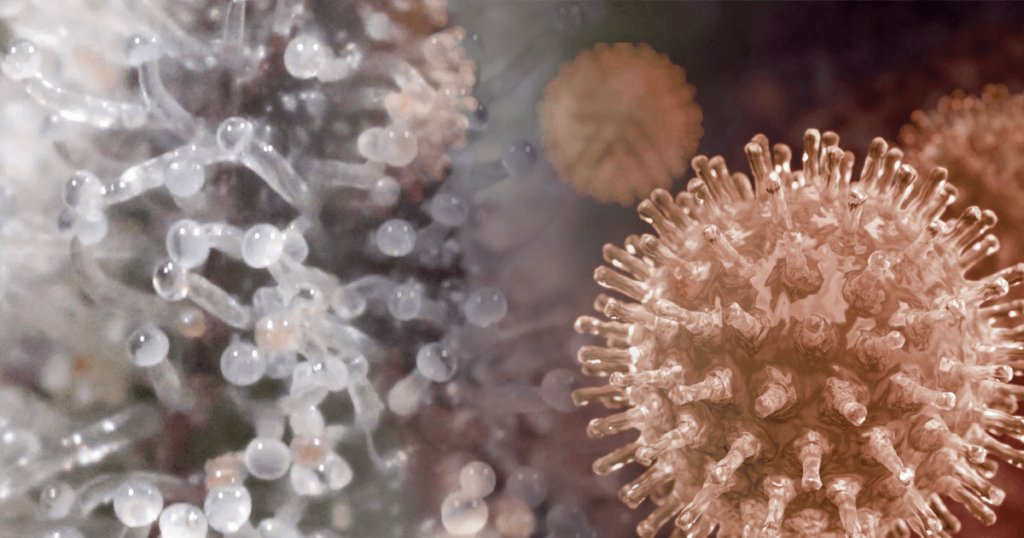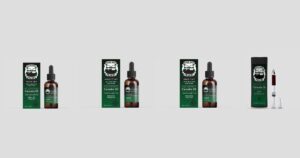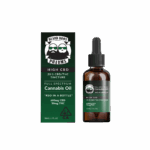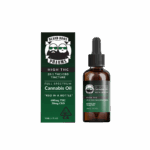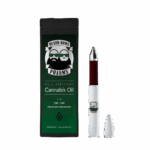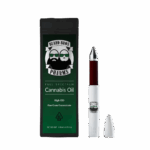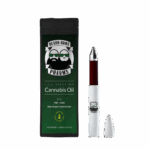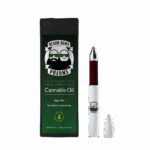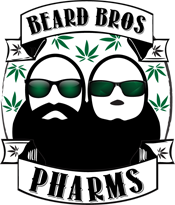 In an announcement earlier this year that seems to have flown under the radar a bit, Dark Heart Nursery revealed that they had discovered the presence of Hop Latent Viroid at 90% of the licensed cannabis cultivation facilities that they visited in California.
In an announcement earlier this year that seems to have flown under the radar a bit, Dark Heart Nursery revealed that they had discovered the presence of Hop Latent Viroid at 90% of the licensed cannabis cultivation facilities that they visited in California.
From August 2018 through July 0f 2021, the team at Dark Heart conducted over 200,000 tissue culture tests at 100 different facilities discovering the relatively unknown plant pathogen Hop Latent Viroid, or HpLVd.
Targeting licensed cultivation operations that were repeatedly reporting 20%+ crop losses, Dark Heart was curious to learn if it could coincide with their 2017 announcement of the discovery of the “dudding” disease.
However, 20% might be too optimistic for some of these infected operations, and Dark Heart uses a higher estimate of 33% in potential crop loss which, based on current Cali cannabis revenue totals, could amount to $4B or more in unsellable weed.
Hop Latent Viroid is here and it is a problem. So, what is it?
The Dirty Truth About Hop Latent Viroid
As the name implies, Hop Latent Viroid is a plant pathogen whose destructive effects on cannabis plants are slow to be revealed, taking several crop cycles before becoming apparent, by which time an entire garden or operation can be infected and undergoing that same slow weakening process.
Plants with HLpVd may seem fine when first infected, but with each harvest, the observant farmer will notice some slight stunting of the normal growth or a little loss of vigor. If they are doing R&D lab testing, they might recognize a graphable diminishing of cannabinoid content and overall potency in what has been a reliably consistent cultivar. And, of course, there is the potential for increasingly poor yields due to crop loss.
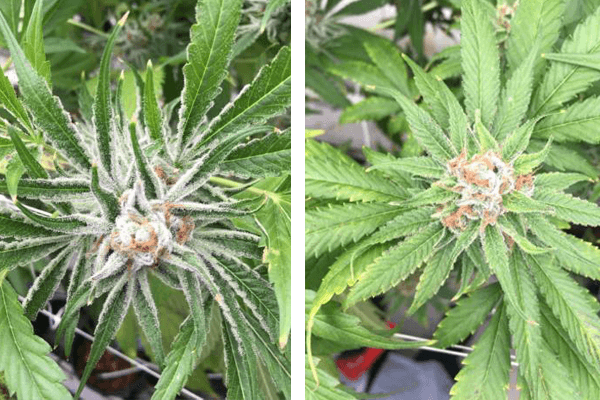
Cannabis farmers are used to more real-time causes and effects in their grows, with the plant “telling” them what it needs more or less of and then responding to those inputs accordingly.
The generational nature of Hop Latent Viroid has allowed it to be propagated across what appears to be a vast majority of licensed cannabis grows before most folks knew what to look out for. Compounding the problem is the manner in which the pathogen is spread. Not through the air, or in the water, or even from bad seed stock. HpLVd is most commonly spread by us humans, or more specifically, by the tools that we use in our grow ops.
That’s right, dirty pruning clippers could potentially be responsible for billions of dollars of lost revenue just this year, just in California.
It’s sort of one of those chicken/egg scenarios trying to figure out exactly when or where Hop Latent Viroid entered the cannabis cultivation scene but as far back as I can remember people have been warning of “watered down” clones and now it has me putting some pretty old pieces into the puzzle.
So, if a farmer uses nice, new shears to prune a plant in the early, unsymptomatic, phase of HpLVd, a downward spiral toward mass boof ensues.
Using those same shears to systematically clean up an entire room, or multiple rooms, or the whole greenhouse, HpLVd can spread like wildfire except you won’t smell the smoke for months and by then it’ll be way too late.
Now imagine that same farmer passing handfuls of those cuts to their homies, or selling them in bulk to the masses, and you see how quickly what was once a curiosity at Dark Heart has become a real problem.
There are solutions to this problem – like, ya know… sanitation – and Dark Heart even offers a “cure”.
Ethical farmers will either avoid or eradicate the problem, taking whatever L comes along with it to ensure they only put top-shelf weed on top shelves. But how many of those are there? Because unethical farmers will look at that dud bud and think to themselves, “It still tests at __% THC, it still looks like weed, jar it up!”
Is HpLVd weed safe to smoke or extract/dab? Probably?
Is a lot of HpLVd infected weed being turned into hot dog water vape carts? Probably!
Can it be passed genetically via seed from an infected parent? Yes, it can, but it’s rare.
What do we always say? You gotta know your source when it comes to cannabis and that has never been more true in the world of pollen-chucking “genetics” companies and clone-hustlers.



